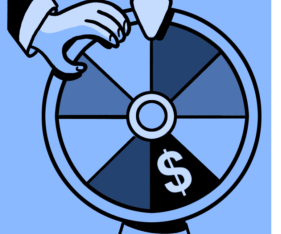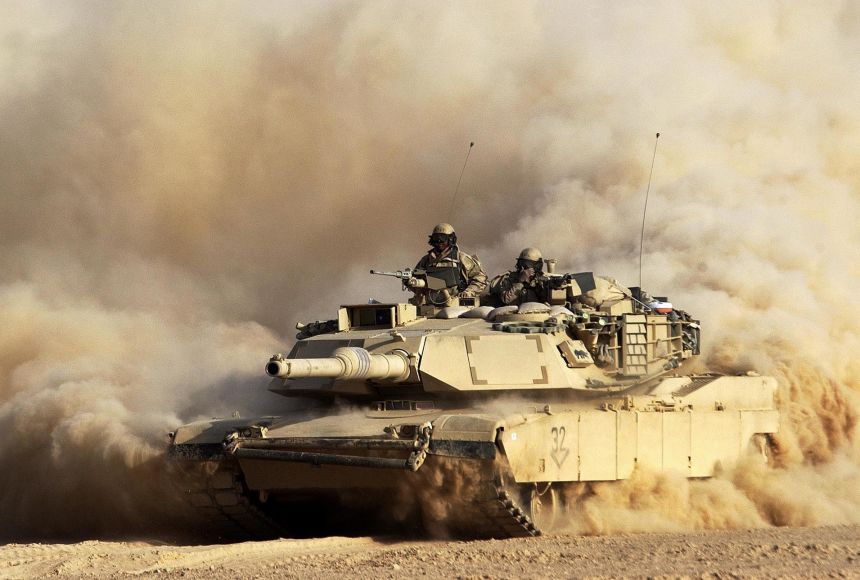Following is the list of most important trade routes in the world – the free operation of these is necessary for seamless global trade.
Trans-Pacific Route:
- Ports: Major ports include Shanghai (China), Hong Kong (China), Singapore, Los Angeles (USA), Long Beach (USA), and Vancouver (Canada).
- Goods: Electronics (computers, smartphones, TVs), machinery, automotive parts, consumer goods (clothing, household items), textiles, agricultural products (grains, fruits).
Asia-Europe Route:
- Ports: Key ports include Shanghai (China), Busan (South Korea), Yokohama (Japan), Rotterdam (Netherlands), Hamburg (Germany), and Antwerp (Belgium).
- Goods: Automobiles, electronics (semiconductors, consumer electronics), machinery (industrial equipment), textiles, chemicals, pharmaceuticals.
Trans-Atlantic Route:
- Ports: Major ports are New York (USA), Norfolk (USA), Savannah (USA), Rotterdam (Netherlands), Liverpool (UK), Hamburg (Germany).
- Goods: Aerospace products (aircraft parts), pharmaceuticals, luxury goods (fashion, jewelry), automotive parts, machinery (industrial machinery), chemicals.
Suez Canal Route:
- Ports: The Suez Canal connects ports in the Mediterranean (such as Alexandria in Egypt) with those in the Red Sea (like Port Said in Egypt).
- Goods: Oil and gas (crude oil, LNG), manufactured goods (electronics, textiles), machinery (heavy equipment), chemicals, raw materials (metals, minerals).
Strait of Malacca:
- Ports: Key ports include Singapore, Port Klang (Malaysia), Tanjung Priok (Indonesia), and Chennai (India).
- Goods: Oil and gas (crude oil, refined petroleum products), electronics (semiconductors), machinery (manufacturing equipment), textiles, raw materials (metals, minerals), agricultural products.
Panama Canal Route:
- Ports: Major ports are Balboa (Panama), Colon (Panama), Cristobal (Panama), Los Angeles (USA), New York (USA).
- Goods: Agricultural products (bananas, coffee), minerals (copper, zinc), consumer goods (clothing, electronics), machinery, petroleum products.
China-Europe Rail Corridor (New Silk Road):
- Cities: Connects cities like Chongqing, Chengdu, and Xi’an in China with Duisburg (Germany), Hamburg (Germany), Warsaw (Poland), and other European cities.
- Goods: Electronics (computers, smartphones), machinery (manufacturing equipment), automotive parts, textiles, consumer goods, high-value manufactured goods.
North-South Corridor:
- Route: This route involves land and sea transportation connecting South Asian countries (India, Pakistan) with Europe through countries like Iran, Azerbaijan, and Russia.
- Goods: Textiles (garments, fabrics), automotive parts, agricultural products (rice, tea), machinery, consumer goods.
Mediterranean Corridor:
- Ports: Includes ports in Southern Europe (Spain, Italy) such as Barcelona, Valencia, and Marseille, as well as ports in North Africa (Morocco, Algeria) and the Middle East (Egypt).
- Goods: Automotive parts, textiles, agricultural products (olive oil, citrus fruits), machinery, consumer goods.
East-West Rail Corridor (China to Europe):
- Cities: Connects cities in China like Xi’an and Zhengzhou with European cities such as Warsaw (Poland), Duisburg (Germany), and Rotterdam (Netherlands).
- Goods: Electronics (smartphones, laptops), machinery (industrial machinery), automotive parts, textiles, consumer goods, high-value manufactured goods.
These trade routes represent the supply chain of most important commodities in the world for some of the largest consumers and suppliers of them.


